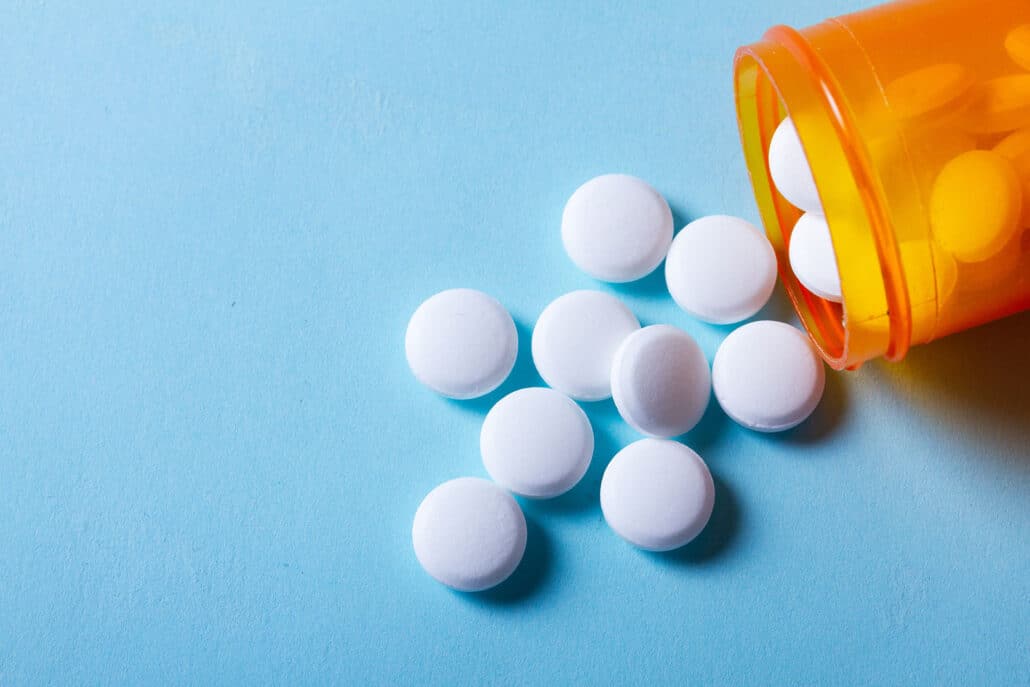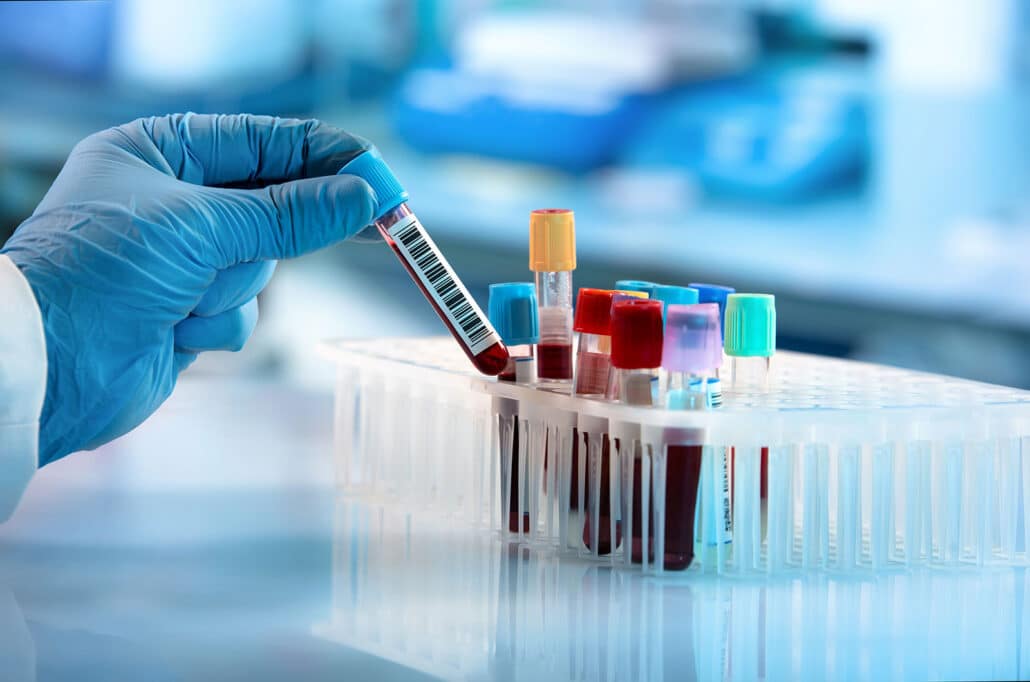The use of low-dose naltrexone (LDN) as a therapy for many diseases is on the rise. Understanding the difference between standard naltrexone and low-dose naltrexone is vital to selecting the right treatment approach.
Table of Contents
- 1 What Is Naltrexone?
- 2 Differentiating Between Standard and Low Doses
- 3 Conditions Treated with Low-Dose Naltrexone
- 4 Factors Influencing Time and Efficacy
- 5 How Long Does Naltrexone Remain in the Body?
- 6 Does Low-Dose Naltrexone Show Up on Drug Tests?
- 7 Potential Side Effects and Considerations
- 8 Conclusion
What Is Naltrexone?
Naltrexone is a medication that blocks the receptors in the brain that opioids bind to. Its mechanism of action involves binding to these opioid receptors, thereby preventing the euphoric effects of opioids and reducing cravings.

Differentiating Between Standard and Low Doses
When it comes to treating alcoholism and opioid addiction, the usual dosage of Naltrexone is 50 to 100 mg. At this dose, Naltrexone reduces cravings and blocks the effects of opioids if the person has a relapse.
In contrast, low-dose naltrexone refers to doses ranging from 1.5 to 4.5 milligrams. At these lower doses, Naltrexone exhibits different effects, such as modulating the immune system and increasing endorphin production. low-dose naltrexone is increasingly recognized for its potential therapeutic benefits.
Conditions Treated with Low-Dose Naltrexone
In chronic pain management, low-dose naltrexone continues to show promise in reducing pain levels and improving the quality of life for patients. For example, some studies demonstrate its efficacy in conditions like fibromyalgia, where low-dose naltrexone may alleviate pain symptoms and enhance overall functioning.
In treating autoimmune diseases, low-dose naltrexone’s immunomodulatory effects are particularly noteworthy. In some cases, low-dose naltrexone treatment improves symptoms in patients with inflammatory bowel diseases, multiple sclerosis (MS) and rheumatoid arthritis (RA). Research suggests that low-dose naltrexone may help regulate the immune system’s overactivity, leading to reduced inflammation and disease progression in these conditions.

For neurological disorders, low-dose naltrexone’s neuroprotective properties gain vast attention. In diseases like Parkinson’s disease and amyotrophic lateral sclerosis (ALS), low-dose naltrexone may exert beneficial effects by promoting nerve cell survival and reducing neuroinflammation. While further research is necessary, preliminary findings indicate potential neuroprotective effects of low-dose naltrexone in these conditions.
In mental health conditions, low-dose naltrexone’s ability to modulate neurotransmitter activity holds promise for improving symptoms of depression, anxiety, and post-traumatic stress disorder (PTSD). Studies show that low-dose naltrexone may enhance mood stabilization and reduce symptoms of depression and anxiety in some patients. Additionally, low-dose naltrexone’s role in mitigating opioid cravings makes it beneficial for individuals with substance use disorders.
The effects of low-dosage naltrexone (LDN) on appetite control and weight reduction have made it an attractive candidate for use in the treatment of obesity. Similarly, preliminary research suggests low-dose naltrexone may possess anti-tumor properties, potentially inhibiting cancer cell proliferation and enhancing immune responses against cancerous cells.
Factors Influencing Time and Efficacy
low-dose naltrexone’s effects don’t kick in for a while (about four to six weeks). Because of this, medical professionals often advise starting with a low dosage and gradually increasing it over the course of a few weeks. After 12 weeks, users usually feel the full impact of low-dose naltrexone. Individuals may respond differently to low-dose naltrexone due to variations in drug absorption, distribution, metabolism, and excretion, leading to variations in response time and efficacy.

The severity and complexity of underlying health conditions may influence the time it takes for low-dose naltrexone to alleviate symptoms and produce therapeutic effects. For example, individuals with autoimmune diseases or chronic pain conditions may require longer treatment durations or higher doses of low-dose naltrexone to achieve desired outcomes. Conditions that affect liver function, kidney function, and gastrointestinal absorption can alter the body’s ability to metabolize and utilize low-dose naltrexone effectively as well.
It’s imperative for healthcare providers to consider potential drug interactions when prescribing low-dose naltrexone, as concurrent medications influence its absorption, metabolism, and overall efficacy in different patients. Drugs that activate or deactivate certain metabolic pathways, like cytochrome P450 enzymes, can change how low-dose naltrexone works and how it moves in the body, which can affect how well it works as a medicine. Taking medicines that interact with low-dose naltrexone requires close monitoring and dose adjustments to enhance treatment results.
How Long Does Naltrexone Remain in the Body?
A drug’s half-life is the duration it takes for its blood concentration to drop by 50%. Five half-lives are the typical amount of time it takes for the body to remove almost all medications.
Your understanding of naltrexone’s half-life and elimination is generally accurate. To clarify:
Oral Naltrexone:
- Half-Life: Approximately 4 hours.
- Elimination: It typically takes about 20 hours for the body to eliminate the drug, based on the principle that it takes about five half-lives for a drug to be nearly completely cleared from the system.
Extended-Release Injectable Naltrexone:
- Half-Life: Approximately 5 to 10 days.
- Elimination: Following the same principle, the drug can remain in the body for approximately 25 to 50 days.
These durations can vary based on individual factors such as metabolism, liver function, and overall health. This is different then detection times.

Does Low-Dose Naltrexone Show Up on Drug Tests?
Naltrexone typically does not show up on standard drug tests because it is not an opioid and does not produce psychoactive effects. However, specialized tests designed specifically to detect naltrexone may identify its presence in the body. If you have to take a drug test and you have a prescription for naltrexone, make sure to provide a copy of it to the test provider.
Naltrexone is an opioid antagonist commonly prescribed for managing alcohol and opioid dependence. Its detection times in various biological samples can vary based on factors such as dosage, metabolism, and the type of test administered. Below is a summary of detection windows for low-dose naltrexone:
Detection Windows
| Biological Sample | Detection Window | Notes |
|---|---|---|
| Urine | Approximately 4 to 6 hours | Naltrexone can be detected in urine shortly after ingestion. |
| Blood | Up to 3 to 4 days | Detectable in blood for several days post-ingestion. |
| Saliva | Up to 24 hours | Presence in saliva can be identified within a day after consumption. |
| Hair | Up to 90 days | As with many substances, naltrexone can be detected in hair follicles for up to three months, reflecting long-term usage. |
Factors Influencing Detection Times
- Dosage and Frequency: Higher doses and prolonged use can extend detection windows.
- Metabolic Rate: Individuals with faster metabolism may process and eliminate the drug more quickly.
- Age and Health Status: Liver function, overall health, and age can affect how long naltrexone remains detectable in the system.
Considerations
- Drug Testing: Standard drug tests do not typically screen for naltrexone. However, specialized tests can detect its presence if specifically included in the testing panel.
- Legal and Medical Disclosure: If you are undergoing drug testing for employment or legal purposes, it’s advisable to disclose any prescribed medications, including naltrexone, to the relevant authorities or testing administrators.
Please note that detection windows can vary based on individual factors and testing methods. Always consult with a healthcare professional for personalized information.

Potential Side Effects and Considerations
Common side effects associated with low-dose naltrexone include headaches, nausea, dizziness, insomnia, and vivid dreams. These side effects are typically mild and transient, resolving with continued use or dose adjustment.
One possible approach to side effect management is to begin with a lower dosage and titrate it up gradually. Other side effect improvement strategies include drinking enough water, taking low-dose naltrexone before bed to lessen its impact throughout the day, and treating any underlying health issues that might make side effects worse.
Regular monitoring for adverse reactions is essential, especially during the initial stages of low-dose naltrexone therapy. Healthcare practitioners should regularly monitor patients for allergic responses, significant mood changes, and other problematic symptoms. The physician can determine whether it’s best to alter the patient’s dosage. Open communication between patients and healthcare providers is crucial for addressing any side effects or adverse reactions promptly and effectively.

Conclusion
Tailoring low-dose naltrexone treatment plans to each patient allows for adjustments in dosage, administration schedules, and supportive interventions. More importantly, it allows patients to receive targeted and effective care, leading to improved symptom management, enhanced treatment adherence, and overall better treatment outcomes.
Long Island Interventions is here to answer any questions you have about low-dose naltrexone. Contact us today to learn more.
Published on: 2024-02-22
Updated on: 2025-05-27

